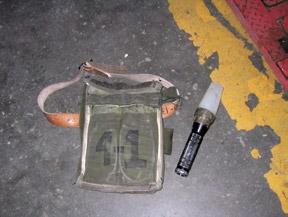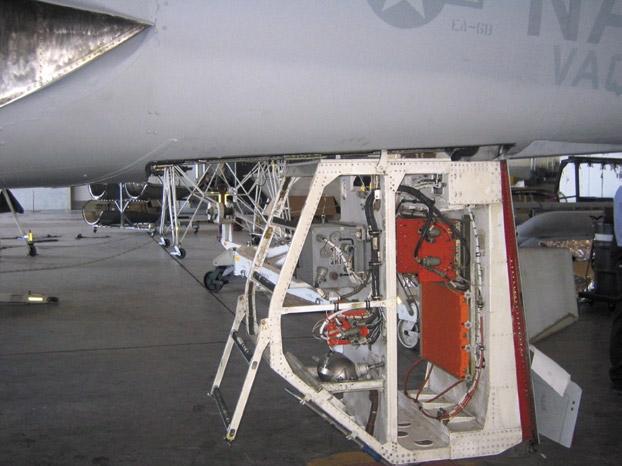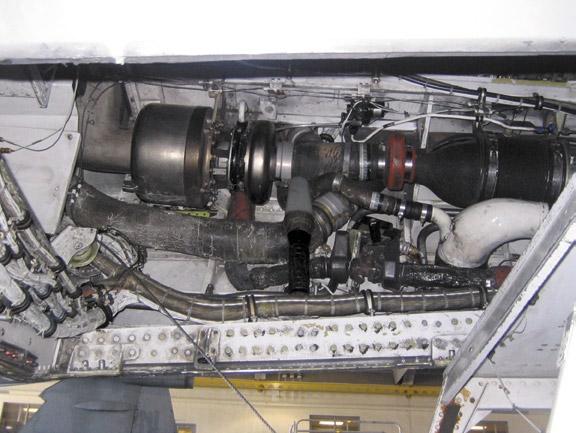
4 minute read
The “Can Do” Mechanic
By AME2 Aaron Hall
All good squadrons take pride in knowing they needed on the flight line for the next aircraft recovexpeditiously can and will complete a job corery, I quickly cut a piece of safety wire and grabbed a rectly each and every time. This feeling has flashlight out of a tool pouch. I then double-timed to those of us in the aviation-maintenance profession lookthe aircraft. In my haste, I neglected to sign the tool ing forward to the next challenge. This knowledge also log, and I failed to have my supervisor inspect the tools keeps our organizations moving at an efficient and probefore I left the shop. I finished the job, ran back to ductive pace. Many people refer to this sentiment as the shop, and told my supervisor the job was complete. the “can-do” spirit, but it can spell trouble and can lead Before getting a response from him, I left the shop and to tragic results. headed to the flight line to recover incoming aircraft.
Advertisement
It was early afternoon, and my supervisor had told Soon after the recoveries were complete, I left me to safety wire a pressure switch for the equipmentfor the barracks to assume my watch. During the tool cooling system, which is located in the aft equipment inventory at the end of the day, the shift supervisor bay (birdcage) of one of our EA-6B aircraft. Knowing discovered a flashlight missing from my tool pouch. I had limited time to complete the task before I was He called me about the missing tool. I immediately

The birdcage area of the Prowler can be dark and often requires a flashlight during maintenance.

Flashlight found in the aircraft where it had been left.

remembered the flashlight I had used earlier in the day and knew I had been working in the birdcage area. My blood ran cold as I retraced my steps in my mind and realized that I couldn’t remember returning the flashlight to the shop.
The supervisor told me that the folks in maintenance control and quality assurance already had been notified. He also mentioned that the suspect aircraft was out flying, but it had been recalled to home base. A relief was sent over to take my watch, and I made my way back to the shop. Thinking about the incident made it a long trip.
By the time I arrived at the squadron spaces, a missing-tool report already had been started, and the aircraft was about to land. Once the aircraft was parked, I ran out to the flight line with the recovery crew and anxiously lowered the aft extensible platform (birdcage). To both my dread and relief, the flashlight was in the birdcage and was recovered. Fortunately, no damage to the aircraft had occurred.
Our tool-control program had failed. We had not followed the established procedures listed in ComNavAirForInst 4790.2, Chapter 13. In addition to checking tools at the beginning and end of each shift, my supervisor or collateral-duty inspector should have inspected my tools before letting me leave the shop. I, too, was at fault because I should have inventoried my tools on arrival at the job site and then again when I was done with the job. I also should have made sure the supervisor or CDI had checked the job and my tools.
I also made other mistakes. Instead of taking out only the tools I needed, I should have taken out the whole tool pouch. It didn’t take long for me to realize that the whole situation easily could have been avoided with a few basic and simple administrative steps. I should have initiated a maintenance-action form (MAF) to safety wire the pressure switch. This would have alerted maintenance control of the gripe and my desire to work on it. I had assumed one had been written and that my supervisor had put my tools and me “in work.”
I learned that the importance of MAFs cannot be overstated. They not only keep track of the maintenance being done on each aircraft; they also give a history of the job itself. For example, they tell us who initiated the gripe, who corrected and inspected the job, and what tools were used on the job.
I could have avoided all the pain and embarrassment I endured that day with a few seconds of thought. My reputation took a beating, but I’m glad no one was hurt, and the aircraft wasn’t damaged. The Navy has lost aircraft and people because of poor tool control. We must learn from incidents like mine and keep from making the mistakes that take lives. It takes only a moment for a well-meaning, “can do” mechanic to make a mistake.
Petty Officer Hall works in the AME shop at VAQ-138.










